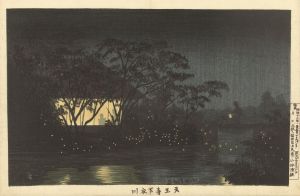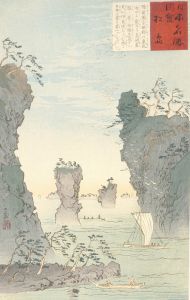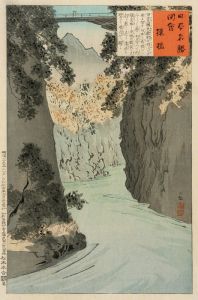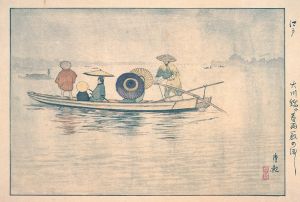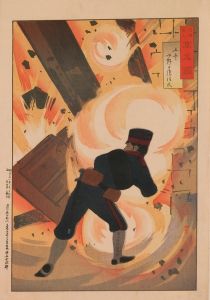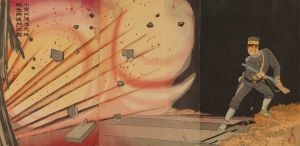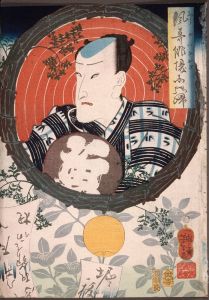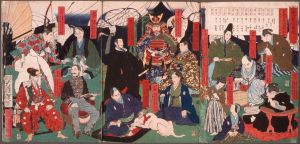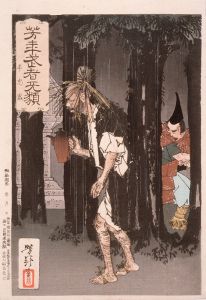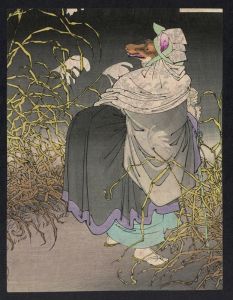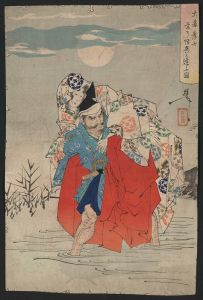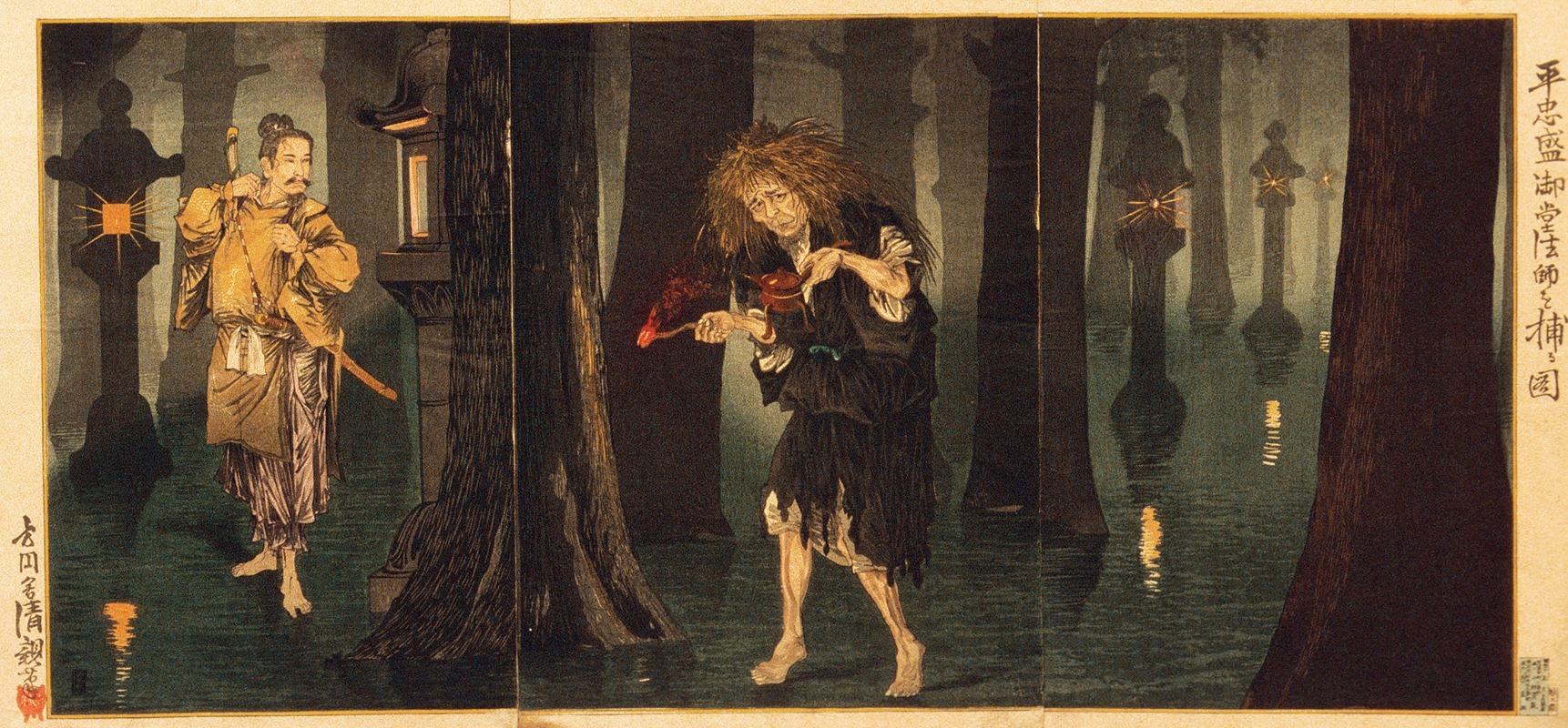
Taira no Tadamori Captures the Priest of Midō
A hand-painted replica of Kobayashi Kiyochika’s masterpiece Taira no Tadamori Captures the Priest of Midō, meticulously crafted by professional artists to capture the true essence of the original. Each piece is created with museum-quality canvas and rare mineral pigments, carefully painted by experienced artists with delicate brushstrokes and rich, layered colors to perfectly recreate the texture of the original artwork. Unlike machine-printed reproductions, this hand-painted version brings the painting to life, infused with the artist’s emotions and skill in every stroke. Whether for personal collection or home decoration, it instantly elevates the artistic atmosphere of any space.
"Taira no Tadamori Captures the Priest of Midō" is a woodblock print created by the Japanese artist Kobayashi Kiyochika (1847–1915), a prominent figure in the ukiyo-e tradition during the late Edo and early Meiji periods. Kiyochika is best known for his innovative approach to woodblock prints, blending traditional Japanese techniques with Western influences, particularly in the use of light and shadow.
This artwork depicts a historical episode involving Taira no Tadamori (1096–1153), a samurai of the late Heian period and a member of the powerful Taira clan. Tadamori is celebrated for his loyalty and military prowess, and he played a significant role in consolidating the Taira clan's influence during his lifetime. The specific event illustrated in the print relates to a well-known legend in Japanese history.
According to the story, Taira no Tadamori was tasked with investigating reports of a mysterious figure appearing at night near the Midō Temple. Locals believed the figure to be a ghost or supernatural being. Tadamori, however, discovered that the so-called "ghost" was actually a priest who had been stealing oil from the temple's lamps. The scene captures the moment of Tadamori's confrontation with the priest, showcasing his bravery and rationality in dispelling superstitions.
Kiyochika's interpretation of this historical tale reflects his artistic style, which often emphasized dramatic contrasts and atmospheric effects. While the exact date of this print's creation is not specified, it is consistent with Kiyochika's broader body of work, which frequently explored themes from Japanese history and folklore. The print exemplifies the Meiji-era interest in revisiting and reinterpreting traditional narratives through modern artistic techniques.
As with many of Kiyochika's works, this piece serves as both a visual representation of a historical legend and a reflection of the cultural transitions occurring in Japan during the late 19th century. The blending of traditional subject matter with innovative artistic methods highlights the dynamic interplay between Japan's past and its rapidly modernizing society during the Meiji Restoration.
Further details about the specific publication or series to which this print belongs are not readily available. However, the artwork remains an important example of Kiyochika's contribution to the ukiyo-e tradition and his role in bridging classical Japanese art with modern influences.





